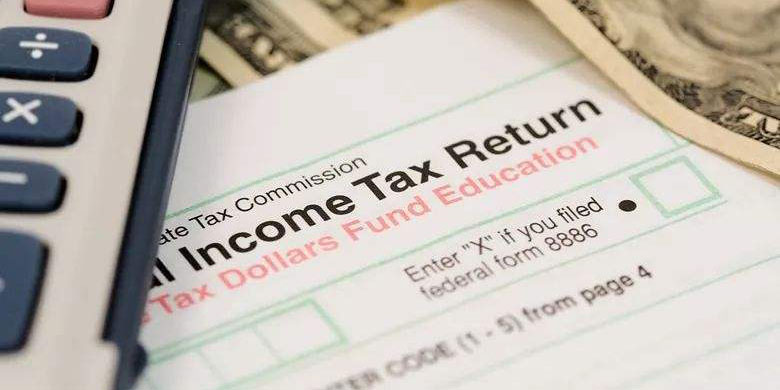Stocks and bonds are two forms of investments that are widely used. Stocks are a representation of a company's ownership share. Bonds are a kind of debt. There are two distinct ways to get capital and develop their operations. Let's have a look at what bonds vs stocks are.
Bond
When a company issues a bond, it is essentially issuing debt with the commitment to pay interest on the money that has been borrowed. A government, company, or other body will borrow money from the public market to raise funds. The company will then pay interest on the loan to the investors who provided them with the funds. For example, there is a par value (for example, $1,000) for each bond, and each bond pays a coupon to investors. An investor would get $20 twice every year ($40 yearly) until the bond expires if they invested $1,000 in it and received a 4 percent coupon on it. Following the maturity of the investment, the investor receives a refund in the amount of their initial principle. If the bond issuer cannot make the payment due to unforeseen circumstances, the bond will default. This is an uncommon occurrence.

Stocks
Stocks reflect a company's partial ownership, or equity, in the organization. When you purchase stock, you're acquiring a little piece of the firm — one or more "shares" — rather than the whole company. Furthermore, the more shares you purchase, the more ownership you have in the organization. Consider the following scenario: a company's stock is trading at $50 a share, and you decide to invest $2,500 (which translates to 50 shares at $50 each). Consider the scenario in which the firm routinely outperforms the market over many years. Because you are a partial owner, the business's success is also your success, and the value of your shares will rise in tandem with the growth of the firm's stock price. If the company's stock price climbs to $75 (a 50% increase), the value of your investment will grow by 50% to $3,750. If you decide to sell your shares, you may make a $1,250 profit if you sell them to another investor.

Of course, the inverse is also true in certain cases. If that firm's performance is bad, the value of your shares may decline below the price at which you purchased them. If you sold them in this situation, you would incur a financial loss. Stocks are sometimes referred to as common stock, corporate stock, corporate shares, equity shares, and equity securities, among other terms. Companies may choose to offer shares to the general public for various reasons, the most frequent of which is to generate funds to fuel future development.
Working of Bond
A bond is a kind of security that is frequently referred to as a fixed-income security. It is one of the three primary asset classes that most individual investors are acquainted with: stocks (equities), bonds, and cash equivalents. Most corporate and government bonds are traded on a public exchange; however, some are exclusively exchanged over-the-counter or privately between the borrower and the lender.
The original price of most bonds is normally fixed at par, or $1,000 face value per bond, at the time of issuance. The real market price of a bond is determined by a variety of criteria, including the issuer's credit quality, the length of time until the bond's maturity date, and the coupon rate about the general interest rate environment at the time of purchase. The bond's face value represents the amount that will be returned to the borrower when the bond matures. After they have been issued, most bonds may be sold by the original bondholder to other investors. Another way of saying this is that an investor in bonds does not necessarily have to hang on to the bonds until they reach their maturity date. It is also usual for bondholders to repurchase bonds when interest rates fall or the borrower's credit improves, allowing the borrower to reissue new bonds at a cheaper cost.
Which One Is the Best Fit for You?
Many individuals invest in both stocks and bonds to diversify their portfolios. Your time horizon, risk tolerance, and investing goals all play a role in determining the optimum mix of stocks and bonds to include in your portfolio. Typically, stocks and bonds do not move simultaneously in the same direction. If you are concerned about the possibility of a rapid decline in the stock market, or if you are nearing retirement and may want the money soon, a portfolio that includes more bonds may be a better choice for you.
If you're a youthful investor with plenty of time on your hands, you may gain from a down market. Buying stocks when their prices fall and selling them when they rise again are viable options. Each individual has their own set of financial objectives. When deciding which investments to make, consider these considerations in mind.


